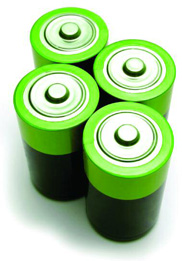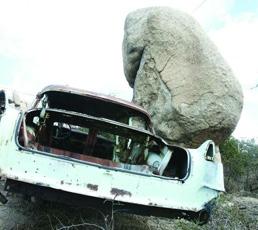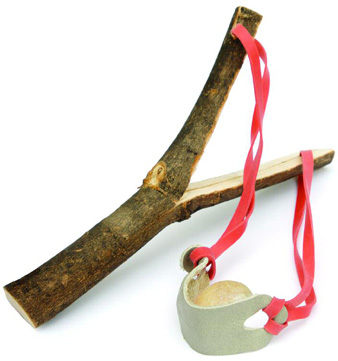KINETIC VS. POTENTIAL ENERGY
Kinetic Energy, Potential Energy
There are two types of energy, called kinetic and potential. Kinetic energy is the energy of movement. Potential energy is stored energy.
 Skiing is a form of kinetic energy.
Skiing is a form of kinetic energy.
 Batteries are potential energy.
Batteries are potential energy.
Kinetic Energy
Think of a ballerina leaping through the air, or a baseball pitcher throwing a fastball. These involve movement, so they are examples of kinetic energy. Objects can also have kinetic energy. The movement of the pitcher's arm gives kinetic energy to the baseball. In fact, any object that is in motion has kinetic energy.
In order to have motion, energy must be transferred from one object to another. When you write with a pencil, you are transferring energy from your hand to the pencil to make it move. Can you think of other examples of kinetic Energy?
 A rollercoaster is kinetic energy.
A rollercoaster is kinetic energy.
Potential Energy
When someone tells you that you have potential, they are telling you that you have the ability to do something in the future. Potential energy is the same thing—it has the ability to become kinetic energy.
That ability may come from gravity. A boulder sitting on top of a mountain has potential energy, because if it begins to roll down the mountain it will gain kinetic energy as gravity pulls it to the Earth. The higher the boulder is, the more potential energy it contains.
 The boulder hitting this car is potential energy that changed to kinetic energy.
The boulder hitting this car is potential energy that changed to kinetic energy.
Another type of potential energy is elastic. When you pull on a rubber band, it stretches and gains potential energy. It is not moving yet, but when you let it go, it will sail through the air. How far it will go depends on how tightly you stretch it. The more it is stretched, the more potential energy it has and the further it will travel when you let it go.
Potential energy can also be released by a chemical or nuclear reaction.
 This slingshot has potential energy.
This slingshot has potential energy.
Additional topics
- FORMS OF ENERGY - Heat Energy, Radiant Energy, Electrical Energy, Chemical Energy, Nuclear Energy
- HOW WE USE ENERGY - Energy Use in Transportation, Energy Use in Industry, Energy Use in Homes and Buildings
- Other Free Encyclopedias